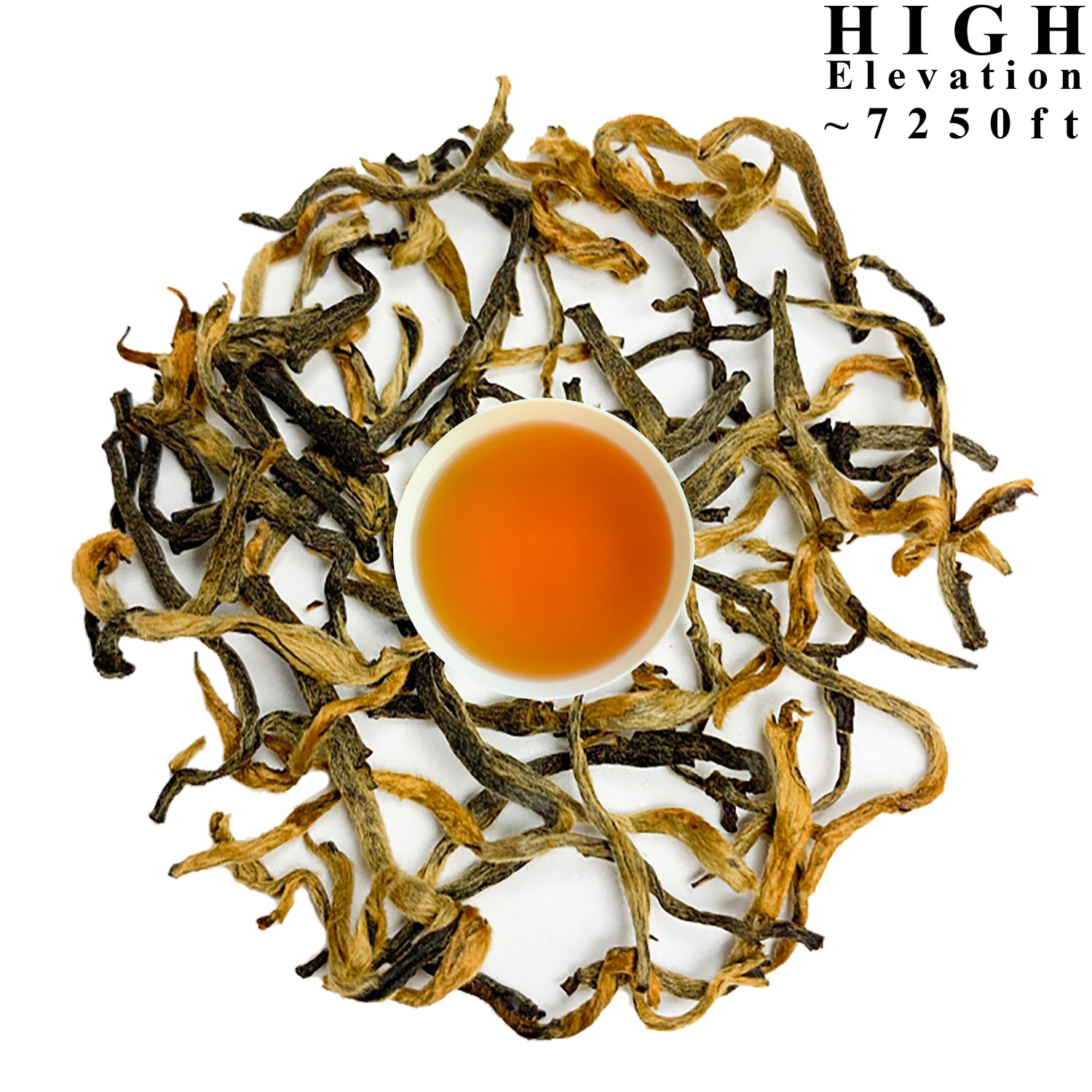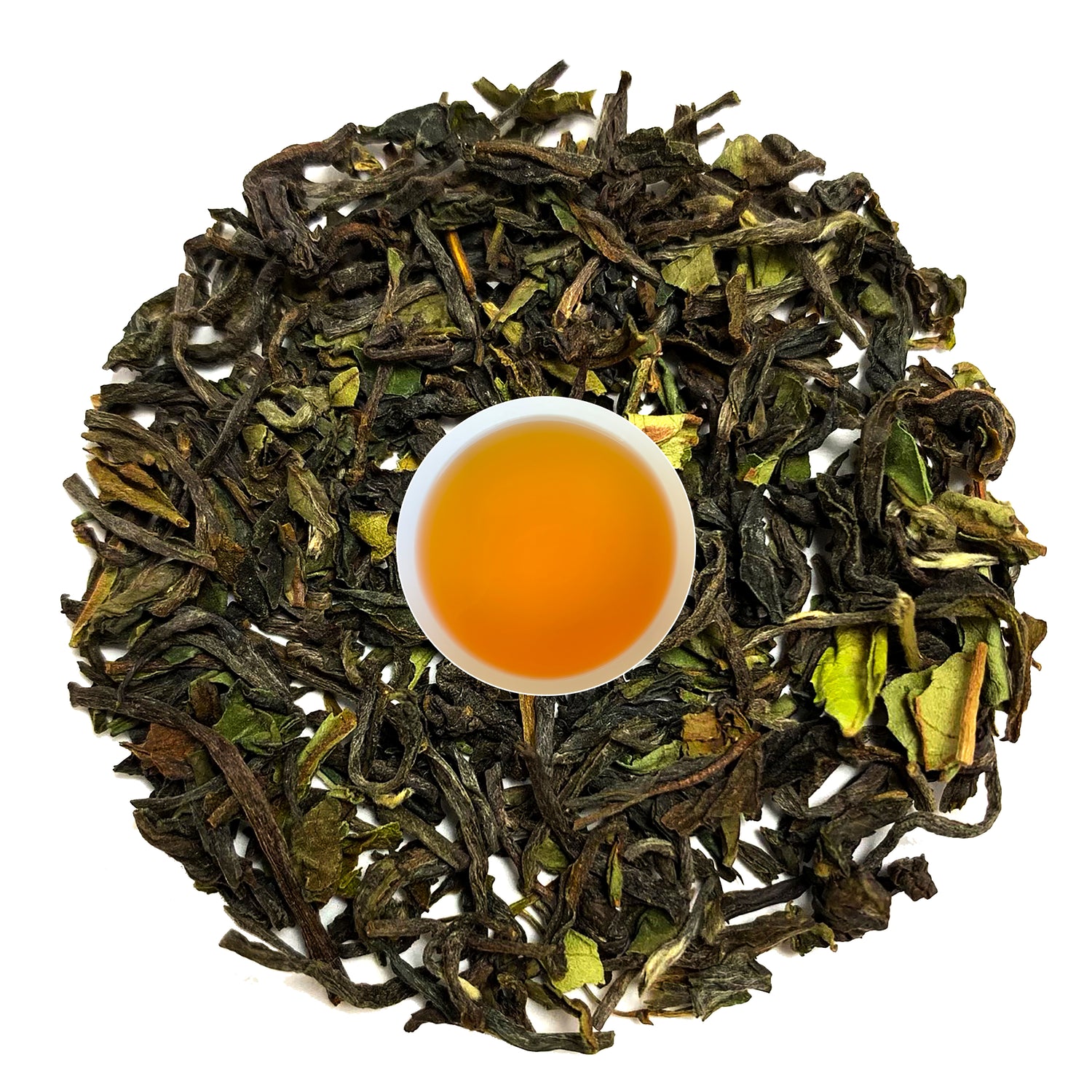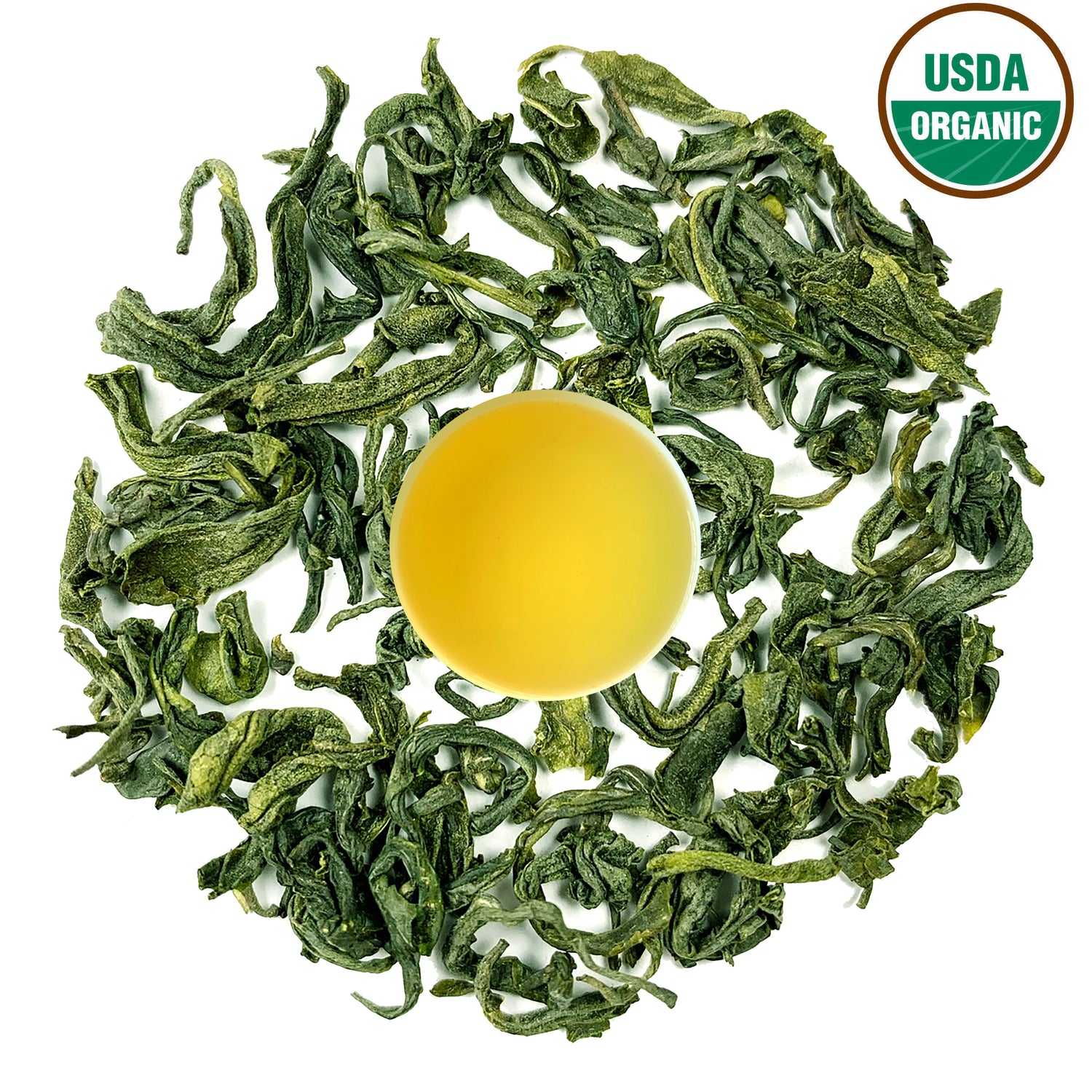
Nepali Black Tea vs. Green Tea: What’s the Difference?
Nepali tea is gaining global attention for good reason—high-altitude freshness, hand-plucked leaves, and rich cultural roots. But when it comes to choosing between Nepali black tea and Nepali green tea, many tea lovers find themselves wondering: What’s really the difference?
In this blog, we’ll break down everything from flavor profiles to health benefits, so you can confidently choose the tea that aligns with your vibe—whether it’s bold mornings or gentle moments of calm.
1. Flavor Profiles: Bold vs. Bright
Nepali Black Tea: Deep, Malty, and Satisfying
Known for its richness and smooth finish, Nepali black tea is perfect for those who love full-bodied flavor. Many black teas from regions like Ilam and Kanchanjunga offer hints of dried fruit, dark chocolate, and muscatel (a sweet wine-like note).
Best For: Morning energizers, milk tea lovers (chiya fans), and those who enjoy bold teas without bitterness.
Nepali Green Tea: Floral, Fresh, and Uplifting
Nepali green tea carries a lighter, more delicate taste. Thanks to high-altitude growing conditions and small-batch processing, it’s often floral, grassy, and subtly sweet—without the overpowering bitterness some green teas are known for.
Best For: Afternoon refreshers, cold brew fans, and those who enjoy a more subtle tea experience.
2. Health Benefits: Both Are Packed With Goodness
Nepali Black Tea Health Benefits
- Boosts focus & energy: Contains caffeine and L-theanine for gentle alertness
- Heart health: Rich in antioxidants like theaflavins
-
Supports digestion: Often consumed after meals to aid gut health
Nepali Green Tea Health Benefits
- High in antioxidants: Especially catechins like EGCG, known for anti-aging and anti-inflammatory effects
- Boosts metabolism: Great for weight management
-
Calms the mind: Contains L-theanine, which promotes relaxation without drowsiness
3. Caffeine Content: How Much Kick Are You Looking For?
- Black tea: Higher caffeine (about 40–60 mg per cup)
-
Green tea: Lower caffeine (about 20–40 mg per cup)
If you're looking for a morning kick, black tea might be your go-to. If you're winding down or want something for late afternoons, green tea is a calmer companion.
4. Brewing Methods: Simple Steps for the Perfect Cup
How to Brew Nepali Black Tea:
- Water temperature: 90–95°C (194–203°F)
- Steep time: 3–5 minutes
-
Optional: Add milk, sugar, or spices for a traditional chiya flavor
How to Brew Nepali Green Tea:
- Water temperature: 75–85°C (167–185°F)
- Steep time: 2–3 minutes
-
Tip: Avoid boiling water—it can make green tea taste bitter
5. Which One Should You Choose?
Your Tea Style |
Choose This Tea |
|
I love strong, bold flavors |
Nepali Black Tea |
|
I enjoy lighter, floral notes |
Nepali Green Tea |
|
I need more caffeine |
Nepali Black Tea |
|
I want something calming |
Nepali Green Tea |
|
I like tea with milk |
Nepali Black Tea |
|
I prefer tea plain or iced |
Nepali Green Tea |
Still deciding which tea is for you? Why not try both!
Explore Nepali black and green tea bundles at Danfe Tea and taste the difference for yourself. Whether you’re brewing for energy or tranquility, your perfect cup awaits.
FAQs About Nepali Black and Green Tea
Q1: Can I drink both black and green tea in a day?
Yes! Many tea drinkers start their day with black tea and switch to green tea in the afternoon or evening for a gentler caffeine boost.
Q2: Are both teas good for weight loss?
Green tea is particularly popular for metabolism support, but both can contribute to healthy hydration and digestion.
Q3: Which is easier on the stomach?
Green tea is usually gentler, especially when brewed lightly. But both are generally easy to digest when consumed in moderation.
Q4: Is there a significant price difference between the two?
Not always. Premium green teas may be slightly more expensive due to delicate processing, but both are affordable compared to imported specialty teas—especially when sourced directly from Nepal.










